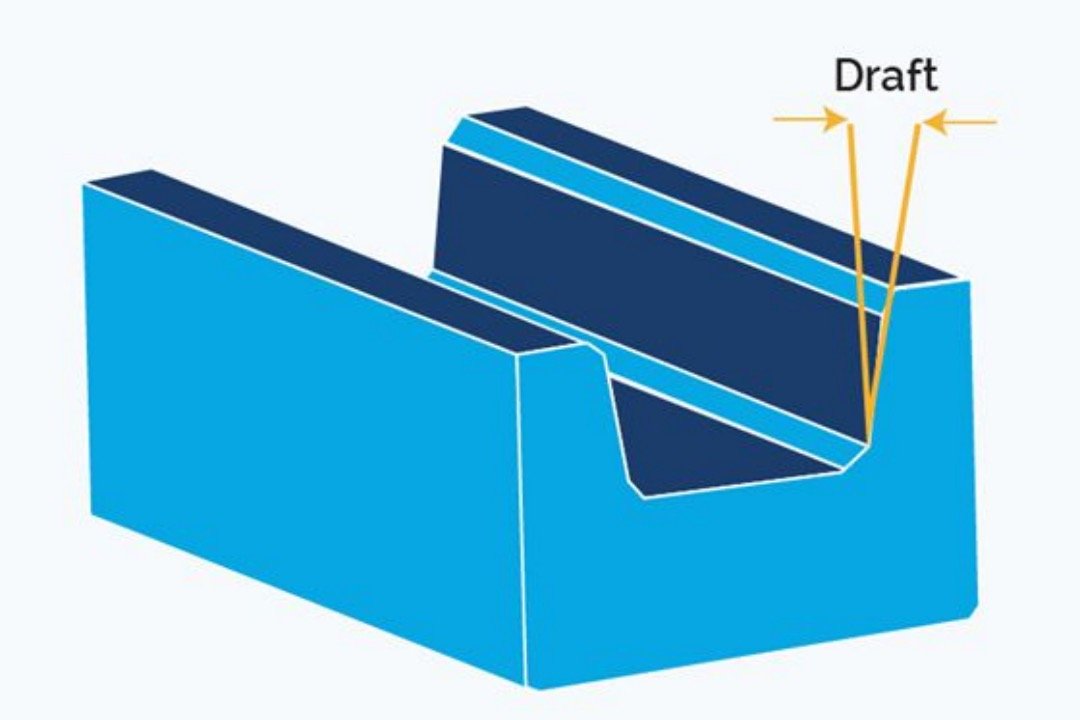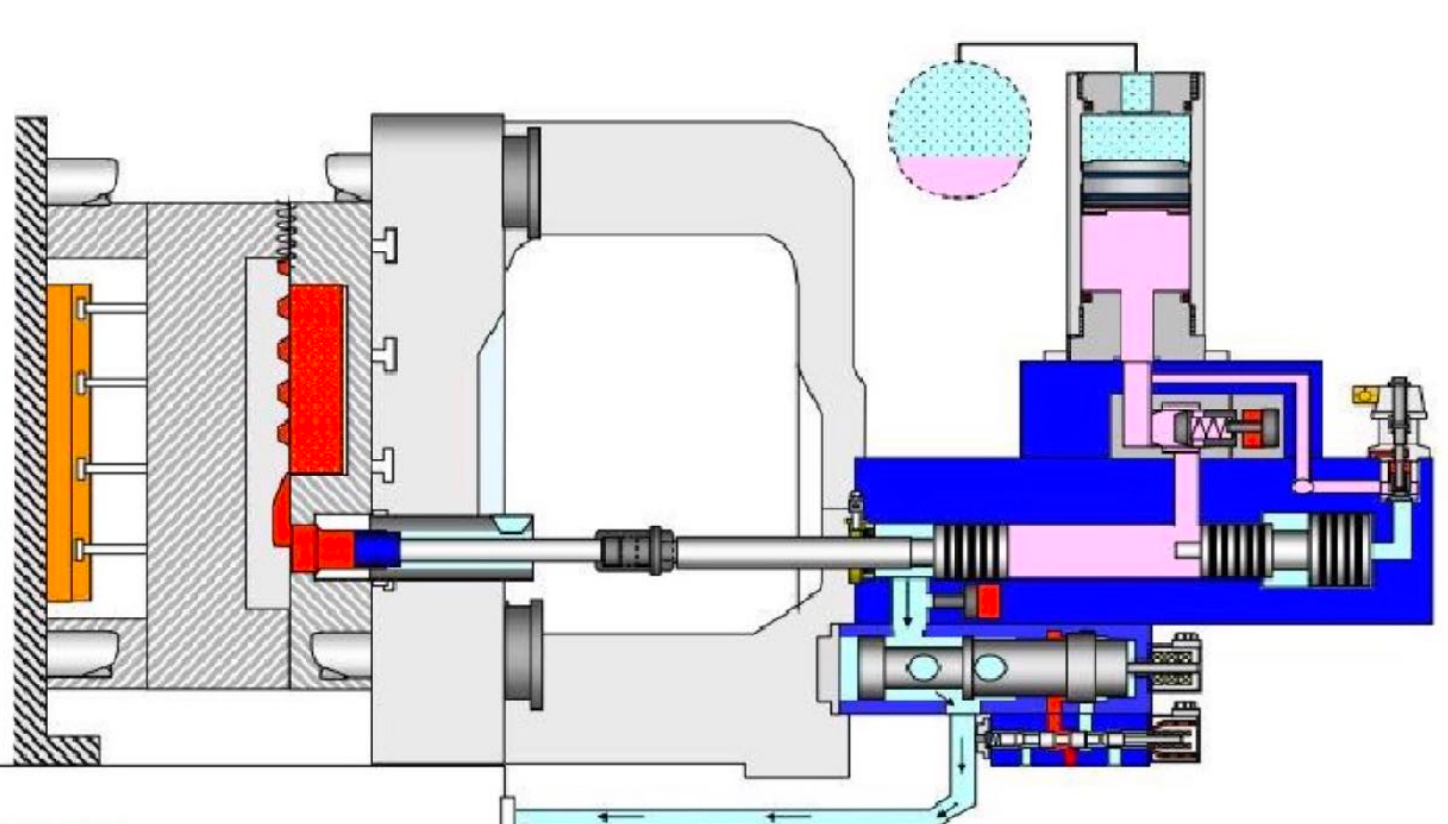Almost every manufacturer globally relies on die casting to produce complex, intricate parts. However, the critical determinant of the quality of the parts they make heavily depends on the draft angle.
For those off the trails – draft angles are typically slopes added to the side of the faces of the die-casting mold. The slopes are measured in degrees or mm, and their goal is to facilitate easier injection and removal of the part from the die cavity.

Now, any miscalculation of the draft angle can result in costly problems. With the wrong draft angles, it’s hard for manufacturers to safely remove the desired metal part without surface damage or breakage. Even worse, the metal part may get stuck, forcing manufacturers to invest in other die-casting molds, which cost thousands of dollars.
If you plan to use die casting in your next manufacturing projects, here are a few reasons you should be keen to use the right draft angles. Read on to learn more!
Importance of Using the Right Draft Angles in Die-Casting
To Achieve Uniform & High Precision Surface Finish
The appearance of your metal parts says a lot to your end users. Whether you are manufacturing zinc or aluminum metal parts, end users will always look out for the best, and that includes precision and surface quality. Using the proper draft angles makes producing uniform and high-precision parts easier.
Parallel surfaces streamline die casting. Molten metal fills the mold easily, solidifies smoothly, and releases without defects like scratches or dents. A smooth surface finish also enhances durability by minimizing corrosion.
To Facilitate Easier Part Ejection

While manufacturers are always cautious when injecting the molten metal into the die-casting mold to ensure no bubbles, every part is well-filled. That alone is not enough to facilitate easier removal of the solidified part. Integrating the correct measurements or degree of draft angles on the surfaces is the key.
Proper draft angles help reduce the friction between the part and the tool as it is ejected. As a result, manufacturers are able to achieve high-quality parts free from scratches, strips, or dents. This is a win-win as manufacturers can produce high-quality parts while maintaining the integrity of their mold. Remember, the higher the friction, the higher the chance of ruining your metal part and mold.
To Eliminate the Possibility of the Part Being Damaged While Demoulding
Have you ever tried removing stubbornly stuck chewing gum from your mold? Either you remove bits of it or all of it together with the stuck clothes area. The same applies to die casting; if you don’t integrate the draft angle on the die mold, chances are your solidified molten metal will get stuck like chewing gum, and forcing it out will eventually lead to breakage.
With proper draft angles, however, this should be the least of your worries. All you have to do is power your molten metal, wait for it to solidify, and remove it easily.
To Cut Down Post Production Finishing Effort
Frankly, no one will want to buy metal parts with all types of imperfections from lack of uniformity, scratches, dents, and the list goes on. When this is the case with your metal parts, there are no evading surface finishing options, which means more costs on your side.
Proper draft angle calculations help avoid such unnecessary costs. You don’t have to worry about marks from pulling, scratches, or strips. With a vision of what kind of metal parts you wish to produce for end users, all you have to do is design your mold, melt your desired metal in high-temperature conditions, inject it into the die-casting mold, and there you have it. A well-designed part with high-quality surface finishing
To Extend Die Casting Tooling Life
Die-casting molds are durable and can produce high volumes of metal parts for years. This eliminates the need for frequent mold replacements. However, incorrect draft angles can damage molds prematurely, leading to costly replacements.
Stuck parts can tear molds, rendering them unusable. Correct draft angle calculations, based on the design and material, reduce friction and minimize wear. This extends mold life and prevents unnecessary expenses.
Conclusion
Maximize your die casting results with proper draft angles. Trust Sunrise Metal‘s experts for accurate calculations and design. Contact us today to learn more!





